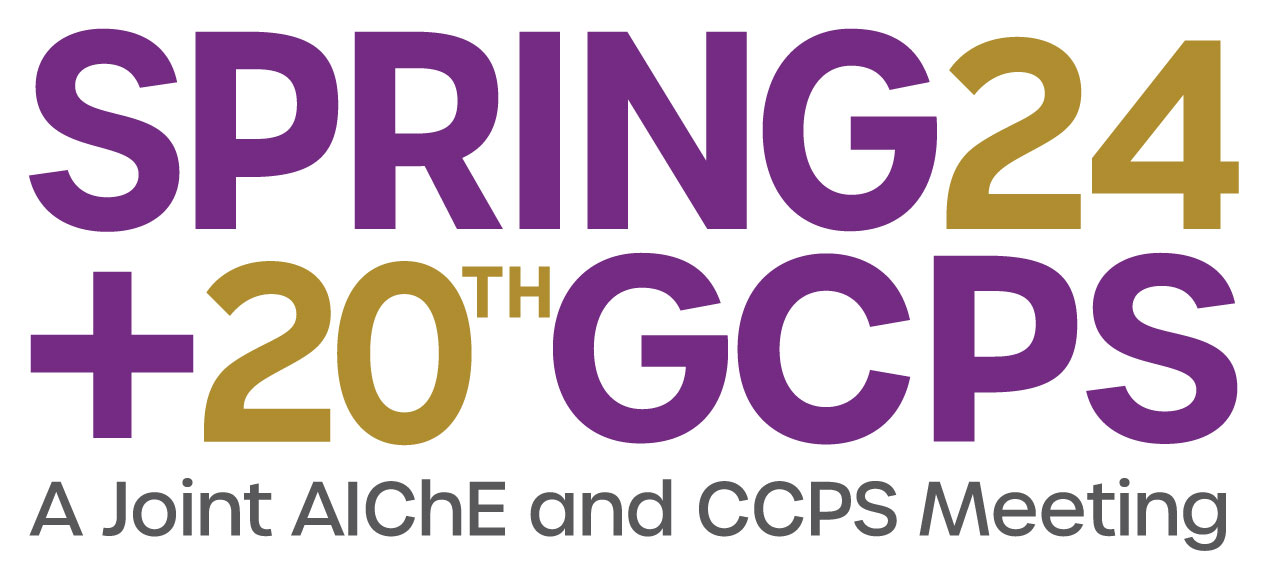

Methane, is the major constituent of natural gas that can be used to produce a wide range of valuable products. Methane can be converted using one of two routes: the indirect and direct route. The indirect route is the commercialized one that involves producing syngas as an intermediate and converting it to other chemicals. The direct route includes catalytic reactions that convert methane to products in a single step with lower CO2 emissions and simplified processes. One of the major direct reactions that has been studied extensively recently, is the methane dehydroaromatization (MDA) that produces aromatics, mainly, benzene and hydrogen. This reaction is challenged by the low thermodynamic conversion, need for high temperature, and fast catalyst deactivation. These challenges have been investigated by many researchers. One technical aspect that has not been investigated much yet is the MDA catalyst and process stability to CO2. Even though the methane coming from its source natural gas passes through different treatment processes, CO2 and other impurities can still be present in the feed stream. Besides, having an MDA catalyst that is stable to CO2 opens the possibility for chemical and thermal synergies by coupling the MDA with a second reaction to overcome some of the technical challenges of the MDA reaction. In the literature, some studies considered the addition of different CO2 amounts to the MDA feed and analyzed its impact [1]. Other studies attempt to co-feed CO2 and other products from a second reaction [2]. Furthermore, some efforts were put into adding a second metal to the Mo catalyst to prevent the active-inactive catalyst conversion. For this purpose, different metals have been studied including Ga [3], Fe [4], K [4], and Mg [5].
This work wants to investigate the possibility of enhancing the resistivity of MDA to CO2 through several experimental studies, as this is not readily available to investigate this effect theoretically at the moment. First, CO2 was fed to the MDA catalyst (6wt% Mo-ZSM5) in different amounts and modes of addition using pulse and periodic feeding. These feeding modes were valuable in evaluating the MDA catalyst stability to CO2. A testing protocol was developed to screen other MDA catalysts. This included potassium-promoted k-Mo/ZSM-5 and gallium-based ZSM-5 catalyst. Afterward, an experimental setup that contained two separate fixed bed reactors in series was utilized. The second reactor contained the MDA catalyst while the first one contained another catalyst that can process methane to generate CO2 and other components. This approach allowed us to investigate more realistic feedstock to the MDA catalyst and explore the possibility of coupling the MDA catalyst to another reaction. The obtained findings from all these experimental studies will be presented to provide directions and better understanding the impact of CO2 on the MDA catalyst and process development.
References
[1] Liu, S., Wang, L., Ohnishi, R., & Lchikawa, M. (2000). Bifunctional catalysis of Mo/HZSM-5 in the dehydroaromatization of methane with CO/CO2 to benzene and naphthalene. Kinetics and Catalysis, 41(1), 132–144. https://doi.org/10.1007/bf02756152
[2] Li, Y., Liu, H., Shen, W., Bao, X., & Xu, Y. (2004). Combined single-pass conversion of methane via oxidative coupling and dehydroaromatization: a combination of La2O3/BaO and Mo/HZSM-5 catalysts. In Studies in Surface Science and Catalysis (pp. 583–588). https://doi.org/10.1016/s0167-2991(04)80115-0
[3] Liu, B., Yang, Y., & Sayari, A. (2001). Non-oxidative dehydroaromatization of methane over Ga-promoted Mo/HZSM-5-based catalysts. Applied Catalysis A-General, 214(1), 95–102. https://doi.org/10.1016/s0926-860x(01)00470-7
[4] Ramasubramanian, V., Lienhard, D. J., Ramsurn, H., & Price, G. L. (2019). Effect of addition of K, RH and FE over MO/HZSM-5 on methane dehydroaromatization under non-oxidative conditions. Catalysis Letters, 149(4), 950–964. https://doi.org/10.1007/s10562-019-02697-8
[5] Ryu, H. W., Lim, Y. H., Jung, W., Nam, K., Hwang, Y., Roh, J. E., & Kim, D. H. (2023). Enhanced stability of CO2-assisted shale gas aromatization through the introduction of Mg promoter on Mo/ZSM-5. Chemical Engineering Journal, 467, 143404. https://doi.org/10.1016/j.cej.2023.143404
Presenter(s)
Language
Pricing
Individuals
| AIChE Member Credits | 0.5 |
| AIChE Pro Members | $19.00 |
| Fuels and Petrochemicals Division Members | Free |
| AIChE Graduate Student Members | Free |
| AIChE Undergraduate Student Members | Free |
| AIChE Explorer Members | $29.00 |
| Non-Members | $29.00 |
